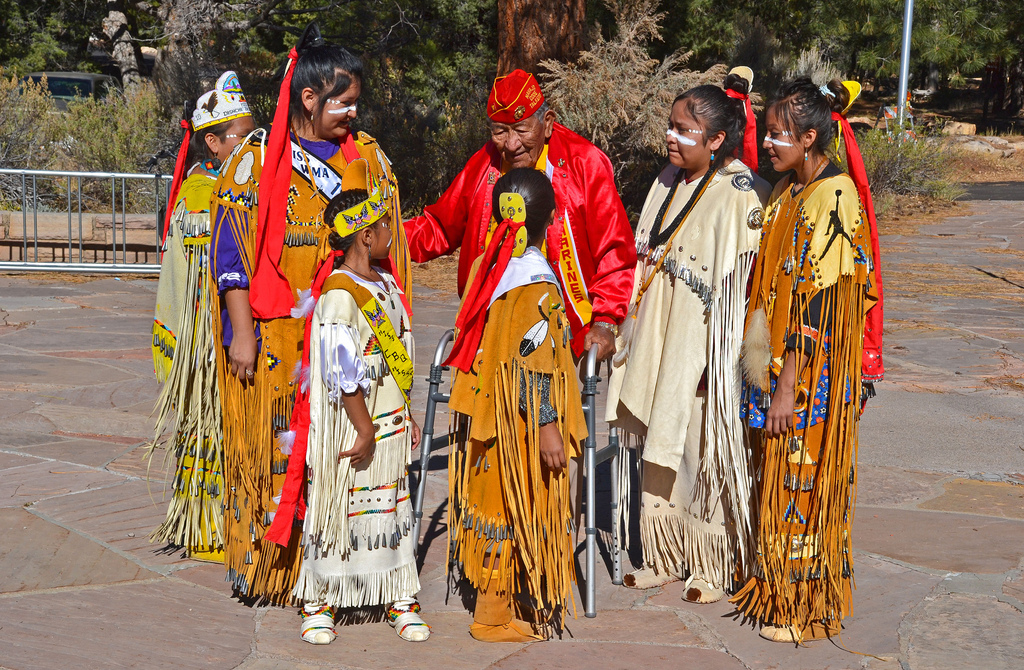WASHINGTON — The Department of Education is awarding $3 million in grant money to help Native American tribal communities improve college opportunities for their youth.
The grants are part of the funding of the Native Youth Community Project, an initiative the Education Department launched in December to help young Indians prepare for college.
“There has been a lot of progress thanks to the hard work of many educators out there, families, tribal communities, non-tribal communities,” said William Mendoza, executive director of the White House Initiative on American Indians and Alaskan Native Education. “But there still remains a lot of work to be done.”
The White House program is offering five to seven demonstration grants for Native American communities through Sept. 30. Each grant will range from $400,000 to $600, 000 and will be awarded through an application process.

Grand Canyon National Park celebrated Native American Heritage Month with a day of special events.
Photo by Michael Quinn (Under Creative Commons License)
The money is supposed to help tribes improve services such as early learning, language immersion and mental health programs that could present obstacles to college readiness.
The educational system of Native American communities has long suffered from limited resources and fragmented infrastructure that critics say lower educational standards for Indian kids.
When the White House released its 2014 Native Youth Report last year, the bleak condition of the American Indian education system prompted the Obama administration to describe the situation as being in a “state of emergency.”
According to a 2011 study conducted by the Education Department’s National Center for Education Statistic, 22 percent of Native fourth graders and 17 percent of Native eighth graders scored “proficient” or “advanced” in math. In comparison, 40 percent of fourth graders and 35 percent of eight graders around the nation performed at this level.
“Tribal Americans [are] a top priority for this administration,” said Jodi Gillette, special assistant to the president for Native American affairs.
The Native American Community Project is part of an initiative announced by Obama at last year’s White House Tribal Nations Conference. The goal is to “focus on improving the lives of Native youth by removing the barriers that stand between Native youth and their opportunity to succeed.” The initiative created several projects that help connect American Indian kids and provide resources for Native American education.
Obama’s FY 2016 budget proposal asks for $20.8 billion for federal programs that target native tribes. Also included in the budget is $53 million to expand the Native Youth Community Projects program.
“As we’ve heard over and over, tribes have played a key role in the education of their students,” deputy chief of staff at U.S. Department of Education Joy Silvern said during a press call that also included Gillette and Mendoza. “We are very pleased to see in many places throughout the Senate education bill the inclusion of the tribes in the decision making process.”
In a phone interview, Ryan Ward, a senior program associate at the Center for Native American Youth and a member of the Cowlitz Indian Tribe, recalled his own experiences as a student. “These resources were not available for me when I was in high school,” he said. “As a result, I encountered significant barriers and challenges, such as being unprepared for college, much like many Native Americans.”

